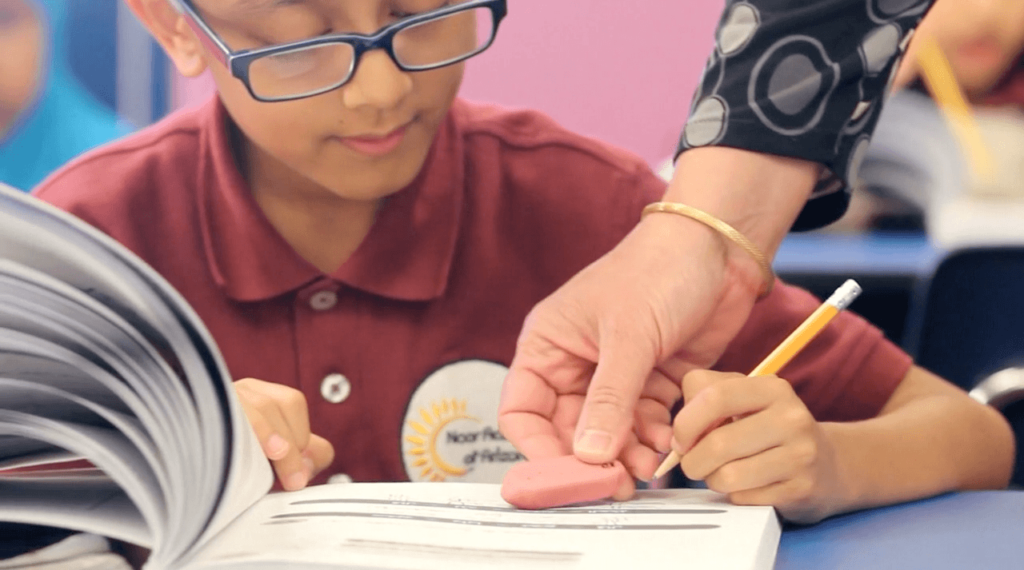Reading is the first commandment of Allah and writing is the second (Quran 96:1-5). The focus of reading and writing instruction at Noor Academy of Arizona is to develop communication skills for all learners. In order to do this, we have developed a curriculum that is based on the Arizona State Standards in Language Arts, the International Reading Association/National Council of Teachers of English standards, and current research.

Noor Academy of Arizona is a K to 8th grade Islamic school in Tempe, AZ. Our Mission is to help and guide our children achieve their academic, spiritual, intellectual, physical, mental, emotional and social potentials to serve Allah (SWT).
Noor Academy of Arizona
© 2025 All Rights Reserved